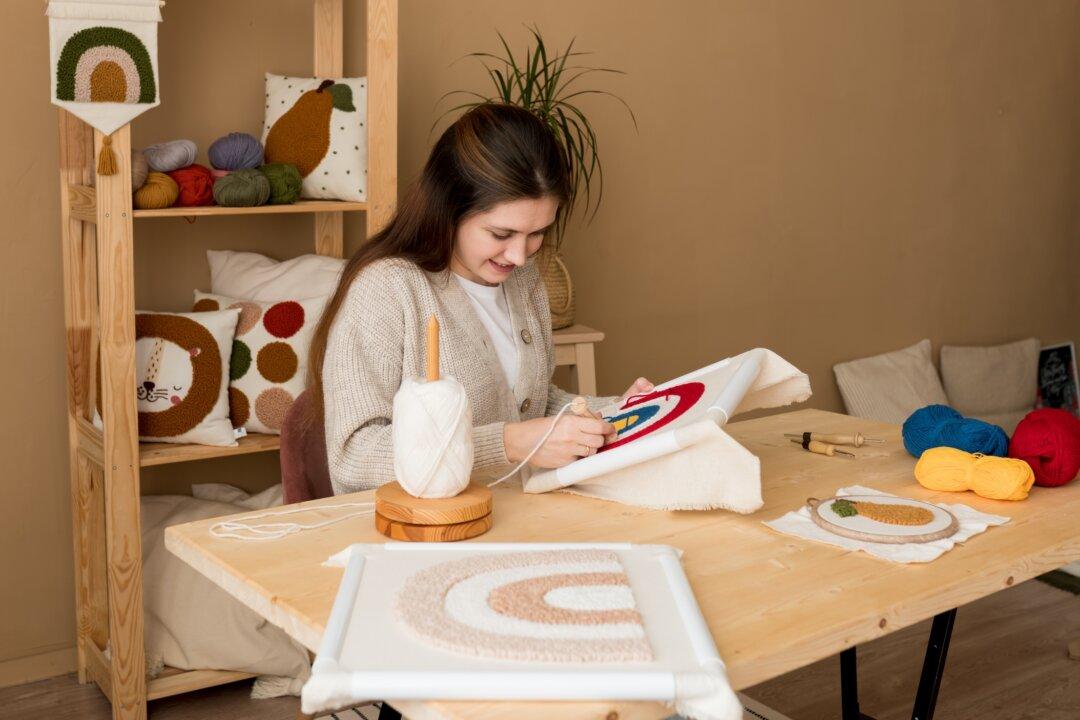As January drew to an end, Mike and I realized that the month had subtly allowed our spending to creep to a surprising amount. Our grocery bills, eating out budget, and medical expenditure categories all were among the highest in a while.
Mollie Donghia and her husband, Mike, blog at This Evergreen Home where they share their experience with living simply, intentionally, and relationally in this modern world. You can follow along by subscribing to their twice-weekly newsletter.
Author’s Selected Articles






